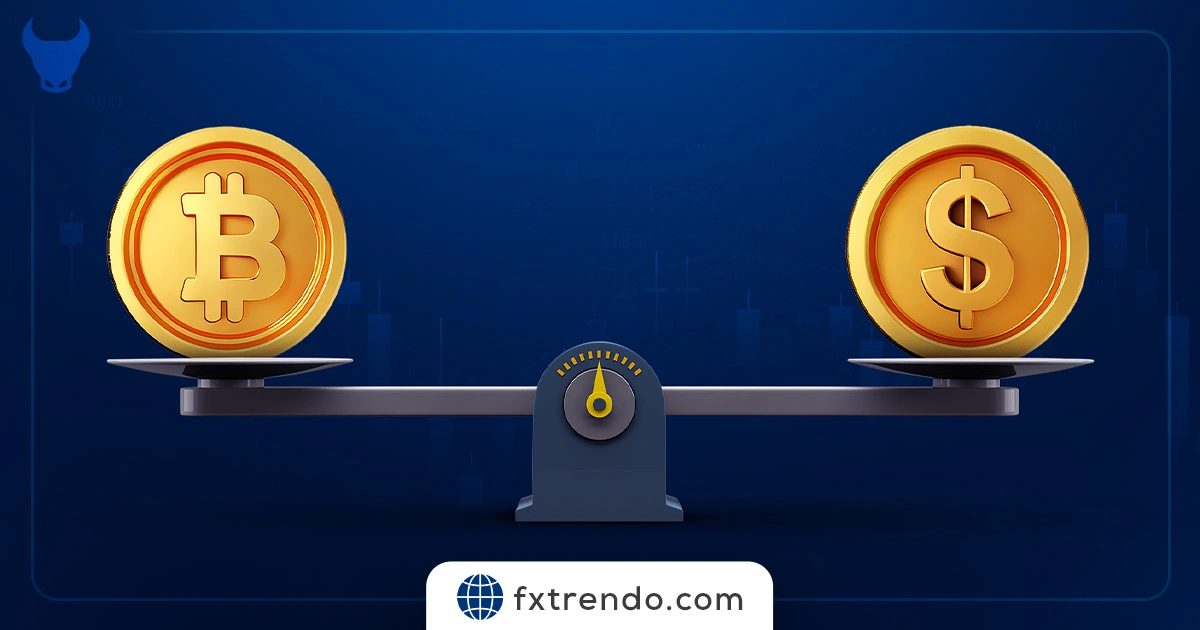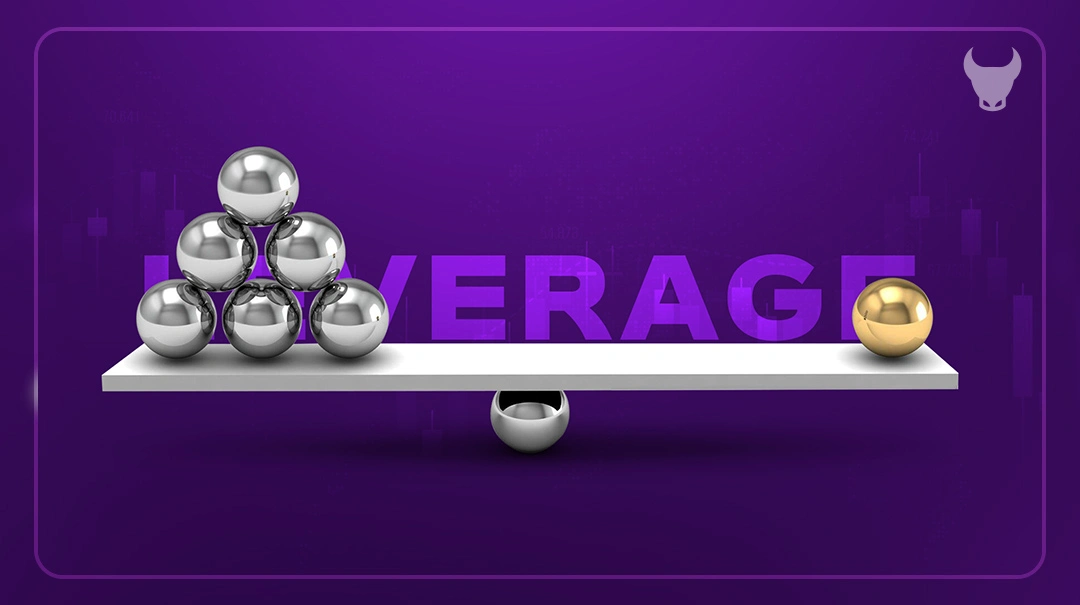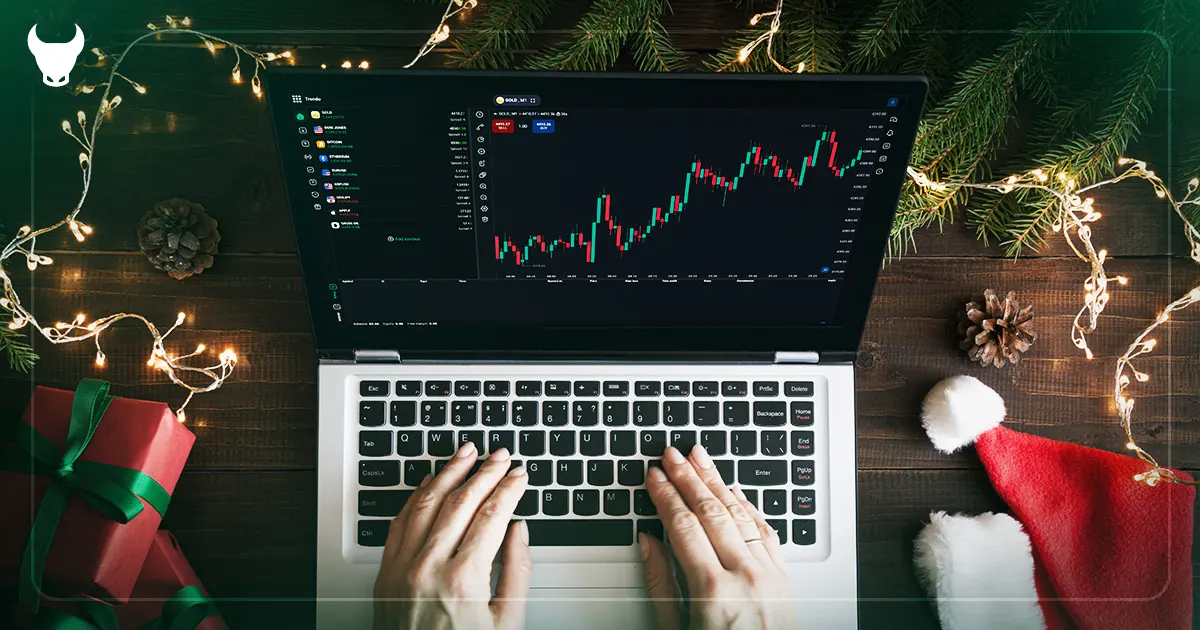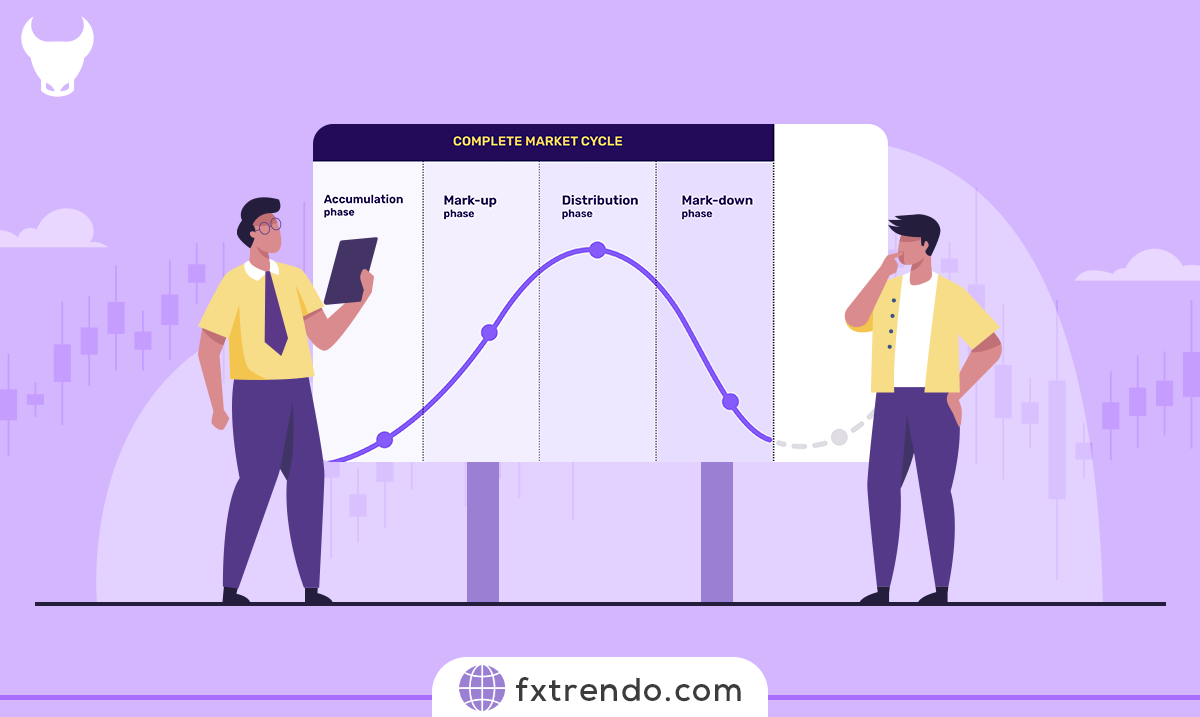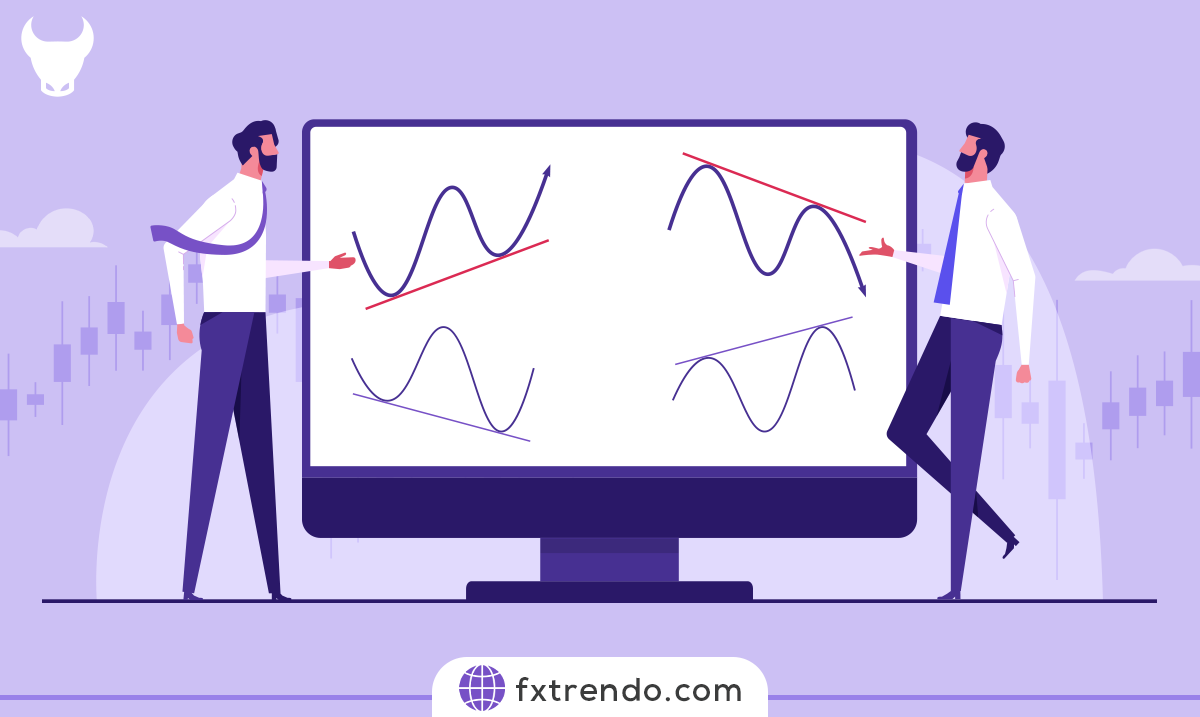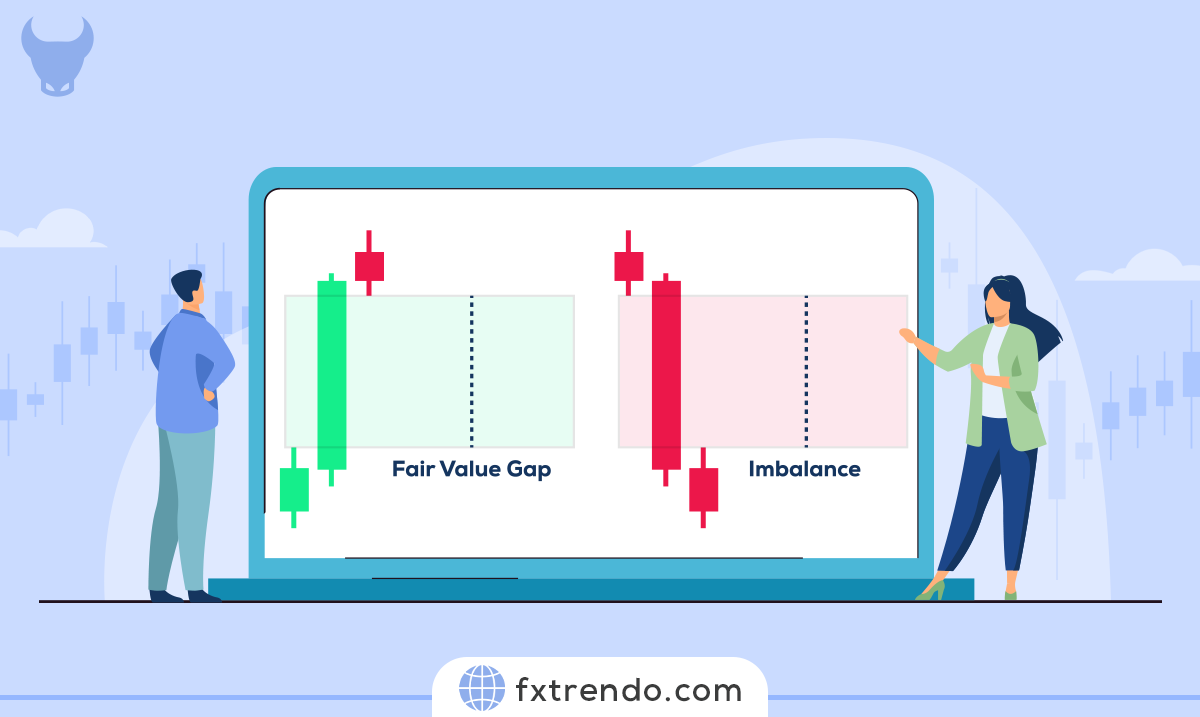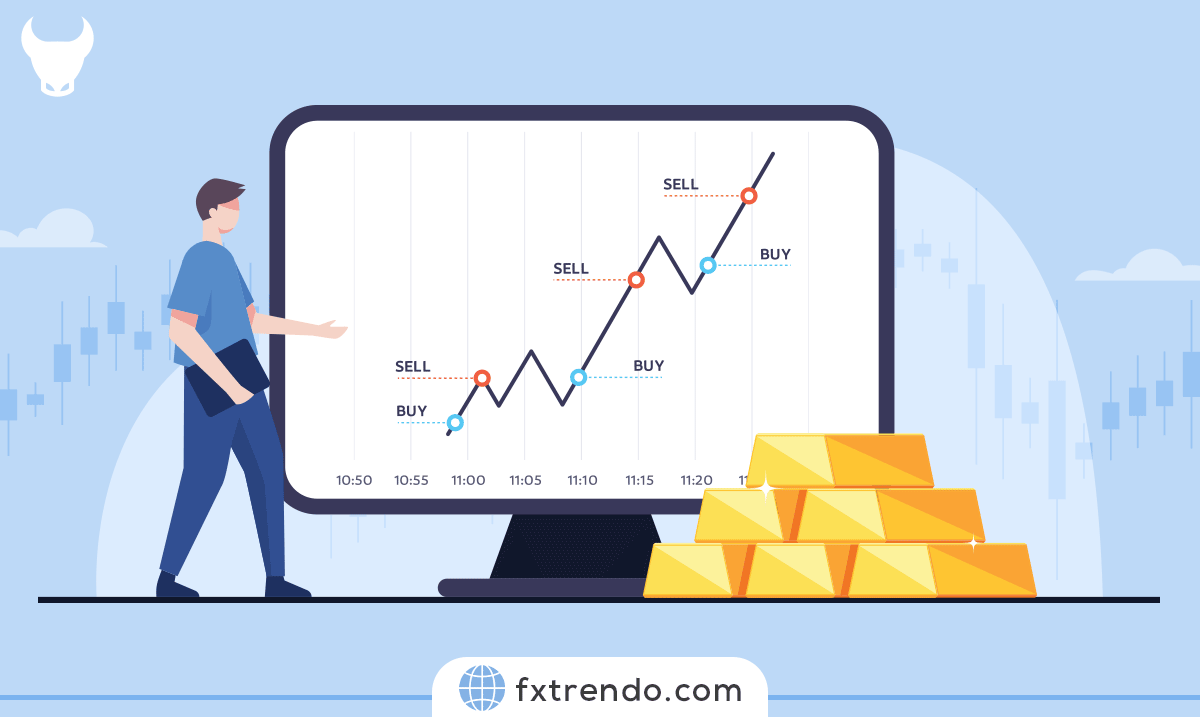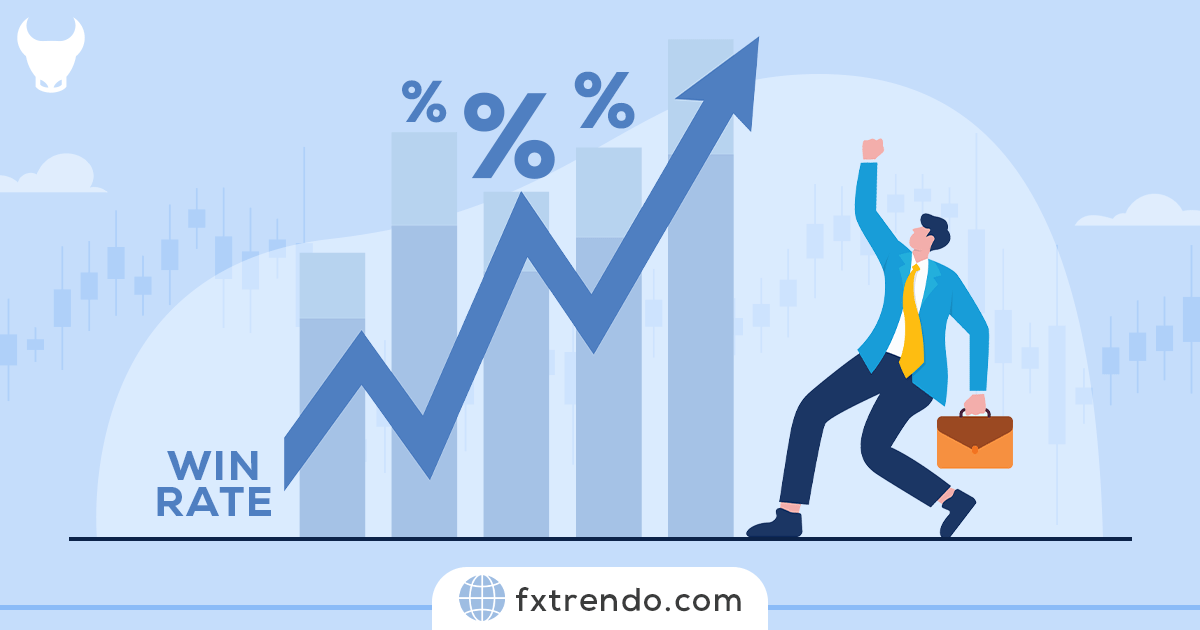In the world of Forex and Cryptocurrency trading, leverage plays a crucial role in determining your success. While both markets offer the opportunity to use leverage, the way it operates and the implications it has can vary significantly.
In Forex trading, leverage allows traders to control large positions with a relatively small amount of capital, making it a popular choice for those looking to maximize their gains.
On the other hand, leverage in Cryptocurrency trading can lead to substantial profits due to the high volatility of digital assets, but it also increases the risk of significant losses.
Understanding these differences is essential for any trader looking to navigate these dynamic markets effectively.
In this ultimate guide, from Trendo International Broker, we will delve into the key distinctions between leverage in Forex and Cryptocurrency, helping you make informed decisions and optimize your trading strategy.
What is Leverage?
Leverage is a financial strategy that involves using borrowed funds to increase the potential return on an investment. Think of it like a lever in physics: just as a lever amplifies a small input force to lift a heavier object, financial leverage amplifies the impact of a small amount of borrowed money to potentially generate larger profits.
In trading, leverage allows you to control a larger position with a relatively small amount of capital. For example, if you have $1,000 and use leverage with a ratio of 10:1, you can control a position worth $10,000. This can significantly boost your potential gains if the market moves in your favor. However, it’s important to remember that leverage also magnifies potential losses. If the market moves against you, you could lose more than your initial investment.
Leverage is commonly used in various financial markets, including Forex and Cryptocurrency. In Forex trading, leverage ratios can be quite high, allowing traders to maximize their exposure to currency movements. In Cryptocurrency trading, leverage can also be used, but the high volatility of digital assets means that the risks are equally high.
How Leverage Works in Trading?
Leverage in trading allows you to control a larger position with a relatively small amount of capital. Here’s how it works:
1. Borrowing Funds:
When you use leverage, you’re essentially borrowing money from your broker to increase your buying power. This means you can enter larger trades than you could with just your own funds.
2. Leverage Ratio:
Leverage is often expressed as a ratio, such as 1:10 or 1:50. This ratio indicates how much your initial capital is multiplied. For example, with a 1:10 leverage ratio, every $1 you invest allows you to control $10 worth of assets.
3. Margin Requirement:
To use leverage, you need to put down a margin, which is a fraction of the total trade value. The margin acts as a security deposit to cover potential losses. For instance, if you want to trade $10,000 worth of assets with a 1:10 leverage, you would need to provide $1,000 as margin.
4. Amplified Gains and Losses:
Leverage can magnify both your profits and losses. If the market moves in your favor, you can earn a significant return on your investment. However, if the market moves against you, your losses can also be substantial, potentially exceeding your initial margin.
5. Closing the Position:
When you close a leveraged position, the borrowed funds are returned to the broker, and you keep any profits. If the trade resulted in a loss, the loss is deducted from your margin.
What is Leverage in Forex?
The Forex (foreign exchange) market is the largest and most liquid financial market in the world, with trillions of dollars traded daily. It operates 24 hours a day, five days a week, and involves the buying and selling of currencies. The market is decentralized, meaning there is no central exchange, and trading is conducted over-the-counter (OTC) through a global network of computers and brokers.
Leverage in Forex trading is a financial mechanism that allows traders to control a large position in the currency market with a relatively small amount of capital. Essentially, it involves borrowing funds from a broker to increase the size of a trade. This means that with a small initial investment, traders can gain significant exposure to the market.
For example, if a trader uses a leverage ratio of 100:1, they can control $100,000 worth of currency with just $1,000 of their own money. This can amplify potential profits if the market moves in the trader’s favor. However, it’s important to note that leverage also magnifies potential losses. If the market moves against the trader, they could lose more than their initial investment.
Leverage is a common feature in Forex trading because it allows traders to maximize their returns on investment. However, it also requires careful risk management. Traders need to be aware of the risks involved and use leverage wisely to avoid significant losses. Understanding how leverage works and its implications is crucial for anyone looking to trade in the Forex market effectively.
Pros and Cons of Leverage in Forex
Leverage in Forex trading can be a powerful ally when used wisely. Let’s explore some of the pros and cons.
Pros of Leverage in Forex
1. Maximize Profits:
The primary advantage of leverage is that it can significantly amplify your profits. Even a small price movement can lead to substantial returns due to the magnified trading volume.
2. Access to Larger Market:
Leverage allows traders with limited capital to access larger market positions that they wouldn’t be able to afford otherwise.
3. Flexibility:
It offers flexibility to the traders as they can adjust their degree of leverage and control their risk levels.
Cons of Leverage in Forex
1. Amplified Losses:
Just as leverage can increase profits, it can also amplify losses. If the market moves against your position, you could lose more than your initial investment.
2. Risk of Margin Call:
If your account balance falls below the margin requirement, brokers may issue a margin call, requiring you to deposit additional funds. In some cases, if you can’t meet the margin call, your position may be closed at a loss.
3. Overtrading:
The availability of high leverage can tempt traders to take on larger positions and trade more frequently, which can lead to overtrading.
How to Choose the Best Leverage for Forex Trading?
Choosing the right leverage for Forex trading is a crucial decision that can significantly impact your trading strategy and results. Here are some steps to guide you:
1. Understand Your Risk Tolerance:
The first step is to understand your risk tolerance. Higher leverage means higher risk. If you’re a risk-averse trader, you might want to stick with lower leverage.
2. Assess Your Trading Experience:
If you’re a beginner, it’s advisable to start with lower leverage until you gain more experience and confidence. Experienced traders might be comfortable using higher leverage.
3. Consider Your Trading Strategy:
Different trading strategies may require different levels of leverage. For instance, if you’re a day trader making multiple trades per day, you might benefit from higher leverage. On the other hand, if you’re a long-term trader, lower leverage might be more suitable.
4. Evaluate Market Conditions:
Market volatility can affect the suitability of your leverage level. In highly volatile markets, high leverage can lead to significant losses.
5. Choose a Reputable Broker:
Finally, ensure you choose a reputable broker that offers flexible leverage options and has transparent margin requirements.
What is Leverage in Cryptocurrency?
The cryptocurrency market is a dynamic and rapidly evolving space, characterized by its high volatility and potential for significant returns. Unlike traditional financial markets, cryptocurrencies operate 24/7, allowing for continuous trading. The market includes a wide range of digital assets, from well-known cryptocurrencies like Bitcoin and Ethereum to numerous altcoins with various use cases. The global cryptocurrency market has seen substantial growth, with increasing adoption by both retail and institutional investors.
Leverage in cryptocurrency trading is a strategy that allows traders to amplify their trading capacity by borrowing funds from exchanges. This means you can trade larger amounts than you actually have in your account, increasing your potential for profit. Essentially, leverage enables you to control a bigger position with a smaller amount of capital.
For example, if you have $500 in your trading account and use a leverage ratio of 10:1, you can control a position worth $5,000. This can significantly boost your potential gains if the market moves in your favor. However, it’s important to remember that leverage also magnifies potential losses. If the market moves against you, you could lose more than your initial investment.
Leverage is commonly used in cryptocurrency trading due to the high volatility of digital assets. This volatility can lead to substantial profits, but it also increases the risk of significant losses. Different exchanges offer varying leverage ratios, with some providing up to 20x your initial deposit. This means that with a small amount of capital, you can gain significant exposure to the market.
Pros and Cons of Leverage in Cryptocurrency
Leverage in cryptocurrency trading, much like in Forex, can be a double-edged sword. Let’s delve into the pros and cons.
Pros of Leverage in Cryptocurrency
1. Increased Profit Potential:
One of the main advantages of using leverage in cryptocurrency trading is the potential for higher profits. By controlling a larger position with a smaller amount of capital, traders can amplify their gains if the market moves in their favor. This can be particularly beneficial in the highly volatile crypto market, where price swings can be significant.
2. Access to Larger Markets:
Leverage allows traders to access larger markets and trade more expensive cryptocurrencies that might otherwise be out of reach. This means you can take advantage of market opportunities without needing a large initial investment.
3. Diversification:
Using leverage can enable traders to diversify their portfolios by opening multiple positions across different cryptocurrencies. This can help spread risk and increase the chances of achieving higher returns.
Cons of Leverage in Cryptocurrency
1. Increased Risk of Losses:
While leverage can amplify profits, it also magnifies losses. If the market moves against your position, you could incur significant losses, potentially exceeding your initial investment. This is especially risky in the volatile crypto market, where prices can change rapidly.
2. Margin Calls and Liquidation:
When trading with leverage, you must maintain a certain level of margin in your account. If your account balance falls below the required margin level, you may receive a margin call from your exchange, asking you to deposit more funds. Failure to meet these requirements can lead to the automatic liquidation of your positions, resulting in potential losses.
3. Higher Fees:
Leveraged trading often comes with higher fees, including interest on borrowed funds and increased transaction costs. These fees can eat into your profits and make leveraged trading more expensive.
4. Not Suitable for Beginners:
Due to the increased risk and complexity, leveraged trading is generally not recommended for beginners. It requires a good understanding of the market, risk management strategies, and the ability to make quick decisions under pressure.
Key Differences between Forex and Crypto Leverage
While both Forex and Cryptocurrency markets allow the use of leverage, there are some key differences in how it operates in each market. Let’s explore these differences:
1. Regulation
Forex markets are heavily regulated, with brokers required to adhere to strict standards. This includes limits on the maximum leverage they can offer. For example, in the United States, the maximum leverage for major currency pairs is 50:1. On the other hand, cryptocurrency markets are less regulated, and some crypto exchanges offer extremely high leverage ratios. This lack of regulation can lead to higher risks for traders.
2. Volatility
Cryptocurrencies are known for their high volatility compared to Forex. This means that while the potential for profits can be much higher when using leverage in crypto trading, the risks are also significantly increased. In contrast, the Forex market is known for its relative stability and high liquidity, which allows for higher leverage ratios with potentially lower risk.
3. Liquidity
Forex, being the largest financial market in the world, has high liquidity, which can make it easier to enter and exit positions. Major currency pairs like EUR/USD and GBP/USD tend to have more predictable price movements. In contrast, liquidity can vary widely in the crypto market, which can impact the effectiveness of leverage. Some cryptocurrencies may have lower liquidity, leading to higher price volatility and increased risk.
4. Trading Hours
Forex markets operate 24 hours a day, five days a week, with trading sessions in major financial hubs like London, New York, Tokyo, and Sydney. This allows traders to take advantage of market opportunities around the clock. In contrast, cryptocurrency markets are open 24/7, providing continuous trading opportunities. This constant availability can be both an advantage and a challenge, as it requires traders to be vigilant and manage their positions at all times.
5. Margin Calls and Liquidation
In Forex trading, if your account balance falls below the margin requirement, you may receive a margin call requiring you to deposit additional funds. Failure to meet these requirements can lead to your positions being automatically closed by the broker, resulting in potential losses. In crypto trading, if your account balance falls below the margin requirement, your position may be liquidated, resulting in a total loss of the initial investment. This highlights the importance of maintaining sufficient margin and using risk management tools.
6. Risk Management
Risk management strategies differ between Forex and Crypto trading due to the nature of the markets. In Forex trading, the high liquidity and lower volatility allow for more predictable risk management. Traders can use tools like stop-loss orders and take-profit orders to manage their risk effectively. In Crypto trading, the high volatility requires more stringent risk management strategies. Traders need to be prepared for sudden price swings and use tools like trailing stops and position sizing to protect their capital.
Tips for Managing Leverage in Forex and Crypto
Managing leverage effectively is crucial for minimizing risk and maximizing potential returns in both Forex and Cryptocurrency trading. Here are some practical tips to help you navigate leveraged trading:
1. Educate Yourself
Before diving into leveraged trading, take the time to educate yourself about the markets, trading strategies, and risk management principles. Understanding how leverage works and the potential risks involved is essential for making informed decisions.
2. Assess Your Risk Tolerance
Determine your risk tolerance and choose a leverage ratio that aligns with it. If you’re a conservative trader, opt for lower leverage ratios to minimize potential losses. If you’re more aggressive, you might consider higher leverage ratios, but be aware of the increased risk.
3. Use Stop-Loss Orders
Implementing stop-loss orders is a key risk management tool. A stop-loss order automatically closes your position if the market moves against you by a predetermined amount, helping to limit your losses and protect your capital.
4. Diversify Your Portfolio
Diversification can help spread risk across different assets and markets. By not putting all your capital into a single trade, you can reduce the impact of adverse price movements on your overall portfolio.
5. Monitor the Market
Regularly monitor your leveraged positions and stay informed about market trends and news. Being proactive and staying updated can help you make better trading decisions and adjust your strategy as needed.
6. Set Realistic Goals
Set realistic profit and loss targets for your trades. Having clear goals can help you stay disciplined and avoid making impulsive decisions based on short-term market fluctuations.
7. Use Risk Management Tools
In addition to stop-loss orders, consider using other risk management tools such as take-profit orders and trailing stops. These tools can help you lock in profits and protect your capital from significant losses.
8. Start Small
If you’re new to leveraged trading, start with smaller positions and gradually increase your exposure as you gain experience and confidence. This approach allows you to learn the ropes without risking a large portion of your capital.
9. Keep Emotions in Check
Trading can be emotional, especially when using leverage. It’s important to keep your emotions in check and stick to your trading plan. Avoid making impulsive decisions based on fear or greed.
Conclusion
In conclusion, leverage in Forex and Cryptocurrency trading is a powerful tool that can amplify your profits, but it also comes with increased risks.
Understanding the differences between leverage in these two markets is crucial for making informed trading decisions. Whether you’re a seasoned trader or a curious beginner, we hope this guide has shed light on the complexities of leverage in Forex vs. Cryptocurrency.
Remember, trading with leverage requires discipline and a thorough understanding of the markets. Stay informed, continually educate yourself, and use risk management tools to optimize your trading strategy. By trading responsibly and staying vigilant, you can enhance your potential returns while managing risk effectively.
FAQs
What is leverage in forex?
